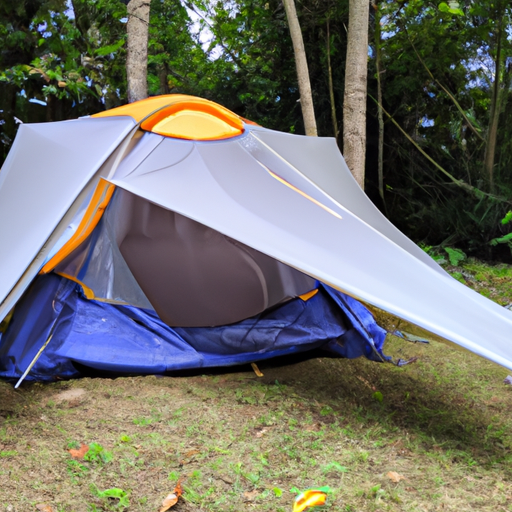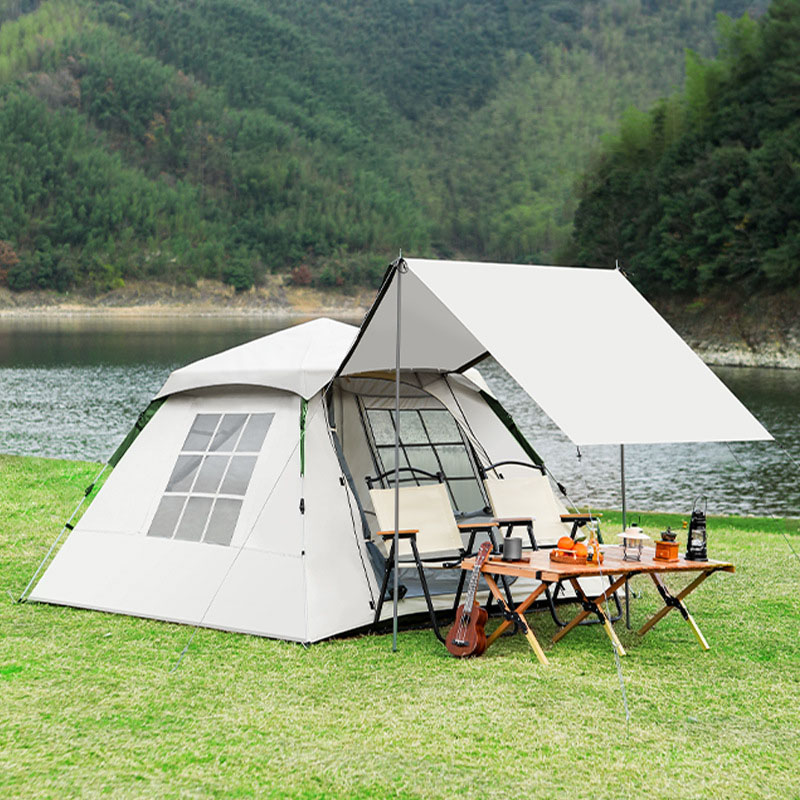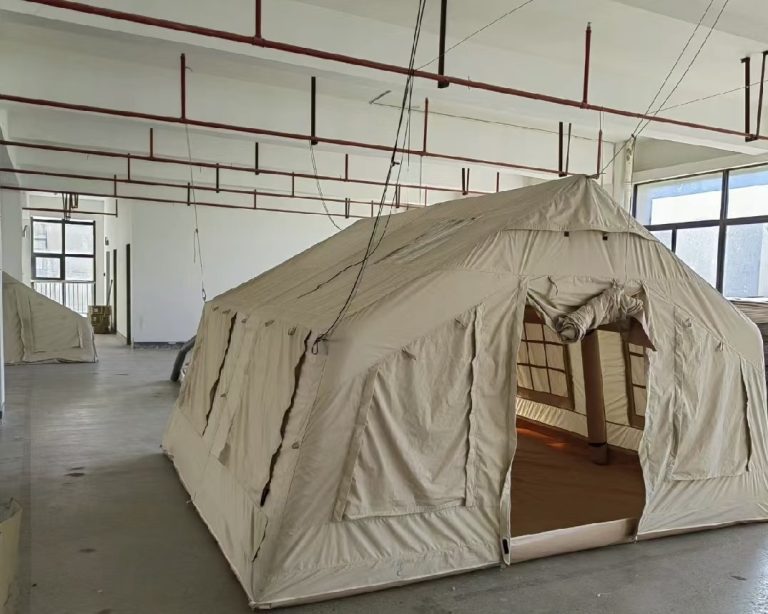Essential Tips for Setting Up a Rain Fly Tent

Essential Tips for Setting Up a Rain Fly Tent
 When it comes to camping, one of the most important aspects is ensuring that your tent is properly set up to protect you from the elements. One crucial component of tent setup is the rain fly, which acts as a protective layer against rain and moisture. In this article, we will provide you with essential tips for setting up a rain fly tent, ensuring a dry and comfortable camping experience.
First and foremost, it is crucial to choose the right location for your tent. Look for a flat and elevated area that is free from rocks, roots, and other potential hazards. This will not only provide a comfortable sleeping surface but also make it easier to set up your rain fly. Additionally, consider the direction of the wind and position your tent accordingly to maximize protection from rain and gusts.
Before setting up your rain fly, make sure to clear the area of any debris or sharp objects that could potentially damage the fabric. It is also advisable to lay a groundsheet or tarp underneath your tent to provide an extra layer of protection against moisture. This will help prevent water from seeping through the bottom of your tent and keep you dry throughout your camping trip.
When it comes to setting up the rain fly itself, start by unfolding it and identifying the front and back. Most rain flies are designed to be slightly larger than the tent, providing additional coverage. Begin by attaching the rain fly to the tent poles or loops, ensuring a secure and taut fit. This will prevent water from pooling on the rain fly and potentially causing leaks.
To further enhance the effectiveness of your rain fly, consider staking it out. This involves using tent stakes to secure the rain fly to the ground, creating a taut and stable structure. Be sure to place the stakes at an angle away from the tent, as this will provide better resistance against wind and rain. Additionally, use guylines to further secure the rain fly, especially in areas with strong winds.
Another important tip is to ensure proper ventilation when setting up your rain fly tent. While the rain fly provides protection against rain, it can also trap moisture inside the tent if not properly ventilated. Make sure to leave a small gap between the rain fly and the tent body to allow for airflow. This will help prevent condensation and keep the interior of your tent dry and comfortable.
Lastly, it is essential to regularly inspect and maintain your rain fly tent throughout your camping trip. Check for any signs of wear and tear, such as rips or holes, and repair them promptly to prevent water from seeping through. Additionally, ensure that the rain fly remains taut and properly secured, especially after heavy rain or strong winds.
In conclusion, setting up a rain fly tent is a crucial step in ensuring a dry and comfortable camping experience. By choosing the right location, properly attaching and staking out the rain fly, ensuring proper ventilation, and regularly maintaining your tent, you can enjoy your camping trip without worrying about the weather. So, next time you head out into the great outdoors, follow these essential tips and stay dry under your rain fly tent.
When it comes to camping, one of the most important aspects is ensuring that your tent is properly set up to protect you from the elements. One crucial component of tent setup is the rain fly, which acts as a protective layer against rain and moisture. In this article, we will provide you with essential tips for setting up a rain fly tent, ensuring a dry and comfortable camping experience.
First and foremost, it is crucial to choose the right location for your tent. Look for a flat and elevated area that is free from rocks, roots, and other potential hazards. This will not only provide a comfortable sleeping surface but also make it easier to set up your rain fly. Additionally, consider the direction of the wind and position your tent accordingly to maximize protection from rain and gusts.
Before setting up your rain fly, make sure to clear the area of any debris or sharp objects that could potentially damage the fabric. It is also advisable to lay a groundsheet or tarp underneath your tent to provide an extra layer of protection against moisture. This will help prevent water from seeping through the bottom of your tent and keep you dry throughout your camping trip.
When it comes to setting up the rain fly itself, start by unfolding it and identifying the front and back. Most rain flies are designed to be slightly larger than the tent, providing additional coverage. Begin by attaching the rain fly to the tent poles or loops, ensuring a secure and taut fit. This will prevent water from pooling on the rain fly and potentially causing leaks.
To further enhance the effectiveness of your rain fly, consider staking it out. This involves using tent stakes to secure the rain fly to the ground, creating a taut and stable structure. Be sure to place the stakes at an angle away from the tent, as this will provide better resistance against wind and rain. Additionally, use guylines to further secure the rain fly, especially in areas with strong winds.
Another important tip is to ensure proper ventilation when setting up your rain fly tent. While the rain fly provides protection against rain, it can also trap moisture inside the tent if not properly ventilated. Make sure to leave a small gap between the rain fly and the tent body to allow for airflow. This will help prevent condensation and keep the interior of your tent dry and comfortable.
Lastly, it is essential to regularly inspect and maintain your rain fly tent throughout your camping trip. Check for any signs of wear and tear, such as rips or holes, and repair them promptly to prevent water from seeping through. Additionally, ensure that the rain fly remains taut and properly secured, especially after heavy rain or strong winds.
In conclusion, setting up a rain fly tent is a crucial step in ensuring a dry and comfortable camping experience. By choosing the right location, properly attaching and staking out the rain fly, ensuring proper ventilation, and regularly maintaining your tent, you can enjoy your camping trip without worrying about the weather. So, next time you head out into the great outdoors, follow these essential tips and stay dry under your rain fly tent.





